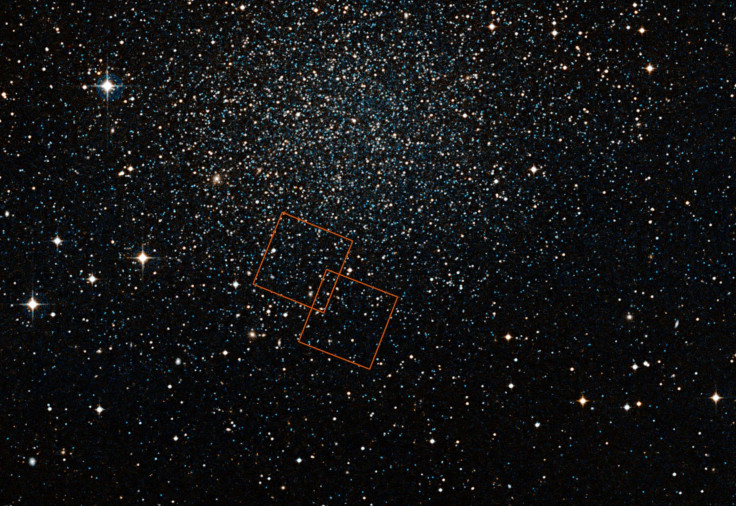Hubble, Gaia Study Star Motion Outside Milky Way, Dark Matter Halo Questioned

Data collected by Hubble Space Telescope, jointly operated by NASA and the European Space Agency, and ESA’s Gaia satellite is the most accurate measurement yet of three-dimensional motion of stars in a galaxy other than the Milky Way. Knowledge of the stars’ motions is a good test for a whole host of current astronomical theories.
A team of astronomers from Kapteyn Astronomical Institute and Leiden Observatory, both in the Netherlands, used the data to measure the 3D movement of stars in the nearby Sculptor Dwarf Galaxy (SDG), a satellite galaxy to our own, located about 300,000 light-years from Earth.
To do this, the astronomers had to rely on two separate datasets about the positions of the stars in SDG, recorded 12 years apart. This was necessary because, in the usual course of things, our view of stars is only from our line of sight, which only allows us to determine a star’s distance in terms of its movement toward or away from us (by looking at its redshift, caused by the Doppler effect).
Hubble had recorded the positions of some stars in SDG in 2002, and Gaia looked at 120 of the same stars between 2014 and 2015. Of these stars, the researchers carefully ruled out any possible systematic errors when calculating their exact movements, and finally, have measured it for 15 of them.
Davide Massari, lead author of a paper on the subject and an astronomer at the University of Groningen, said in a statement Monday: “With the precision achieved we can measure the yearly motion of a star on the sky which corresponds to less than the size of a pinhead on the Moon as seen from Earth.”
This allowed researchers to quantify the stars’ anisotropy parameter — a measure to quantify directional variations in the stars’ movements — which in turn let Massari and his team “pin down the properties of the dark matter halo in which the galaxy is embedded. But our measured value was very surprising, as the standard models didn't allow it,” he said in another statement.
SDG is categorized as a dwarf spheroidal galaxy, the kind that is ideal for investigating the properties of dark matter since these galaxies are among the objects most dominated by dark matter in the universe. The distribution of dark matter within these galaxies allows scientists to test current cosmological models.
“One of the best ways to infer the presence of dark matter is to examine how objects move within it. In the case of dwarf spheroidals, these objects are stars,” Amina Helmi, a co-author of the paper, explained.
The precise measurement of the stars’ movement has also allowed astronomers to better map the orbit of the galaxy itself, as it moves around the Milky Way. Its elliptical orbit has been found to be much wider than expected. At the farthest on its high-inclination elongated, SDG can be as much as 725,000 light-years away from the Milky Way.
The paper, titled “Three-dimensional motions in the Sculptor dwarf galaxy as a glimpse of a new era,” appeared Monday in the journal Nature Astronomy, but is also available on the Hubble website.
© Copyright IBTimes 2024. All rights reserved.





















